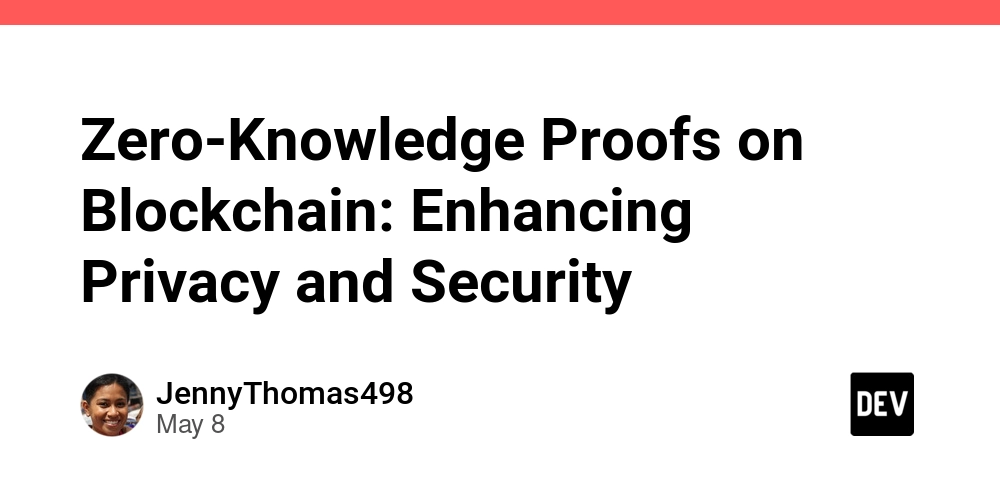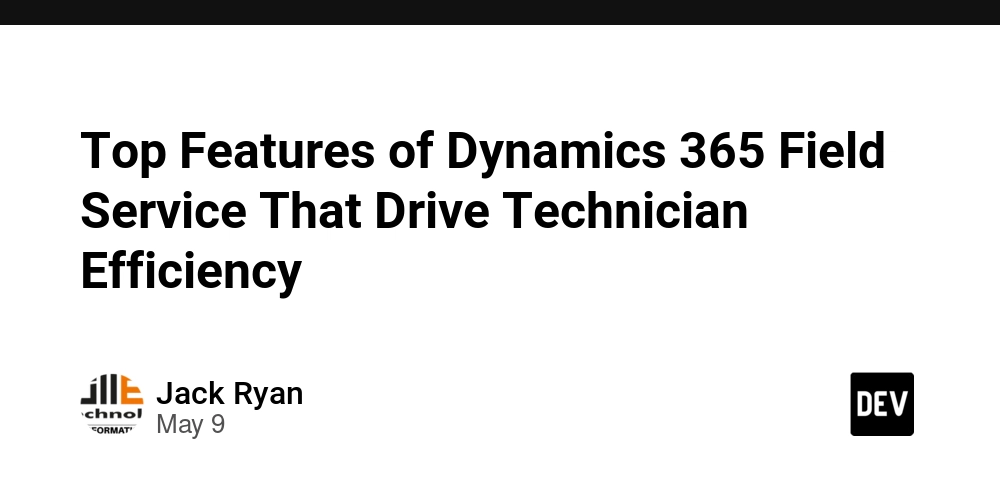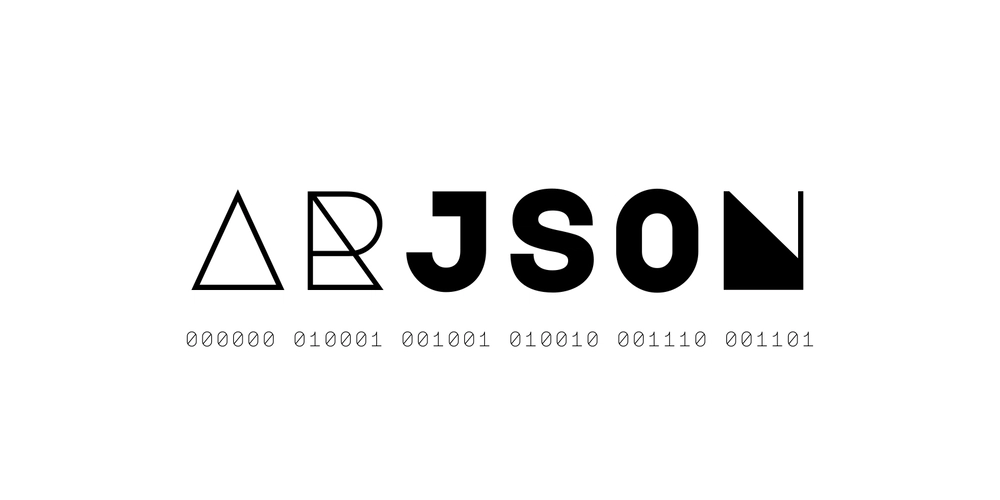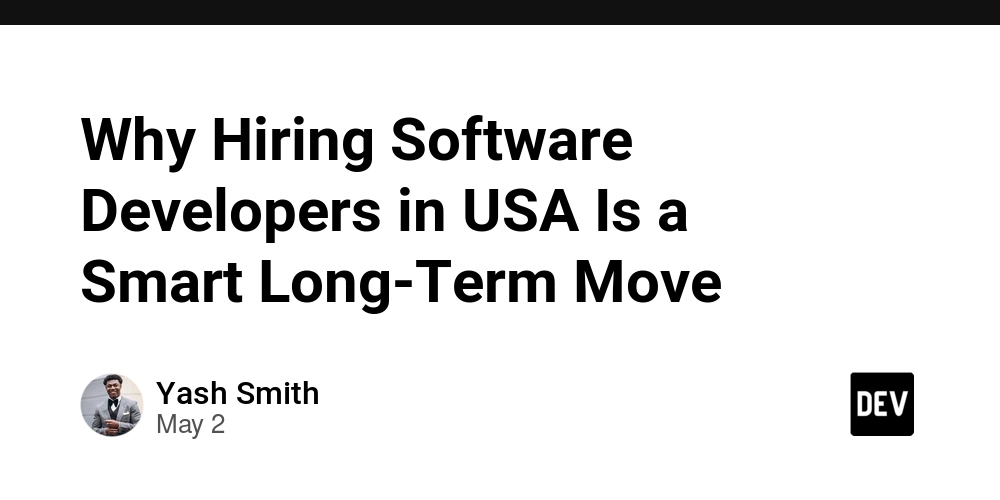Zero-Knowledge Proofs on Blockchain: Enhancing Privacy and Security
Abstract Zero-knowledge proofs (ZKPs) are revolutionizing blockchain technology by providing robust privacy and security enhancements without compromising transparency or decentralization. In this post, we explore the origins, core concepts, and diverse applications of ZKPs—from confidential transactions to scalable blockchain solutions. We review prominent technologies such as zk-SNARKs, zk-STARKs, Bulletproofs, and newer entrants like PLONK and Halo, and discuss their roles in tackling the inherent challenges of blockchain—as well as how they enable future interoperability. We also incorporate insights from the broader blockchain and open-source communities, presenting a technical yet accessible discussion for developers and enthusiasts alike. Introduction Blockchain systems have come a long way from their initial applications in cryptocurrencies. Alongside this evolution, the demand for enhanced privacy and security has surged. In a world where every transaction on a public blockchain is visible, zero-knowledge proofs provide an elegant solution: they allow one party (the prover) to convince another party (the verifier) that a statement is true, without revealing any additional information. This post builds upon the ideas presented in the Zero-Knowledge Proofs on Blockchain: Enhancing Privacy and Security article, expanding the discussion with additional context, technical details, and practical examples. We will walk through the fundamentals of ZKPs, their underlying technologies, real-world applications, and the future outlook for decentralization and privacy. By integrating insights from various authoritative sources, including key industry blogs and developer guides, we aim to present a comprehensive overview suitable for both technical experts and newcomers alike. Background and Context Blockchain technology is lauded for its transparency and decentralization. However, this inherent transparency often comes at the cost of user privacy. As systems scale and more sensitive information is processed on-chain, privacy preservation becomes crucial. Zero-knowledge proofs were first conceptualized in the 1980s and have since experienced a renaissance in application to blockchain. Their three fundamental properties are: Completeness: If the statement is true, a correct prover will successfully convince the verifier. Soundness: If the statement is false, no cheating prover can convince the verifier of its truth. Zero-Knowledge: The verifier learns nothing beyond the fact that the statement is true. These properties ensure that ZKPs can build trust between parties without exposing sensitive data. For additional context on the evolution of blockchain, see What is Blockchain. A Brief History 1980s: Early theoretical formulations of ZKPs were introduced in cryptographic research. 2000s: The concept matured with advances in computational power and cryptographic algorithms. 2010s: Application in cryptocurrencies and blockchain platforms emerged, enabling confidential transactions and improved scalability. Today: ZKPs are integral to modern blockchain projects, expanding beyond digital currency to sectors like identity verification and compliance. Core Concepts and Features The power of zero-knowledge proofs lies in their ability to maintain privacy while verifying data authenticity. Let’s break down the essential aspects and technologies: Essential Properties of ZKPs Below is a bullet list highlighting the key properties: Completeness: Honest proofs convince the verifier. Soundness: False statements are rejected. Zero-Knowledge: No extra information is exposed. Prominent ZKP Technologies A table summarizing some prominent ZKP technologies and their features: Technology Key Features Trade-offs Blockchain Use Cases zk-SNARKs Succinct, non-interactive proofs; high efficiency Requires a trusted setup; small proof sizes Confidential transactions in Zcash (zk-SNARKs Explained) zk-STARKs Transparent and scalable; no trusted setup needed Larger proof sizes compared to zk-SNARKs Scalability and large dataset verification (zk-STARKs) Bulletproofs Efficient proof lengths; no trusted setup Moderate proof times; designed for short ranges Confidential transaction verifications in Monero (Bulletproofs Research) PLONK & Halo Recursive proofs; improved cross-platform compatibility Relatively new and evolving Scalability enhancements in emerging blockchain networks How ZKPs Enhance Blockchain Privacy The inherent transparency of blockchain makes every transaction visible. ZKPs enable: Confidential Transactions: Verify that transaction inputs equal outputs without revealing actual amounts. Secure Identity Verification: Users can prove attributes (e.g., age or credential validity) without sharing sensitive data. Scalability Solutions: Off-chain computation with protocols like zk-SNARKs and zk-STARKs

Abstract
Zero-knowledge proofs (ZKPs) are revolutionizing blockchain technology by providing robust privacy and security enhancements without compromising transparency or decentralization. In this post, we explore the origins, core concepts, and diverse applications of ZKPs—from confidential transactions to scalable blockchain solutions. We review prominent technologies such as zk-SNARKs, zk-STARKs, Bulletproofs, and newer entrants like PLONK and Halo, and discuss their roles in tackling the inherent challenges of blockchain—as well as how they enable future interoperability. We also incorporate insights from the broader blockchain and open-source communities, presenting a technical yet accessible discussion for developers and enthusiasts alike.
Introduction
Blockchain systems have come a long way from their initial applications in cryptocurrencies. Alongside this evolution, the demand for enhanced privacy and security has surged. In a world where every transaction on a public blockchain is visible, zero-knowledge proofs provide an elegant solution: they allow one party (the prover) to convince another party (the verifier) that a statement is true, without revealing any additional information.
This post builds upon the ideas presented in the Zero-Knowledge Proofs on Blockchain: Enhancing Privacy and Security article, expanding the discussion with additional context, technical details, and practical examples. We will walk through the fundamentals of ZKPs, their underlying technologies, real-world applications, and the future outlook for decentralization and privacy. By integrating insights from various authoritative sources, including key industry blogs and developer guides, we aim to present a comprehensive overview suitable for both technical experts and newcomers alike.
Background and Context
Blockchain technology is lauded for its transparency and decentralization. However, this inherent transparency often comes at the cost of user privacy. As systems scale and more sensitive information is processed on-chain, privacy preservation becomes crucial.
Zero-knowledge proofs were first conceptualized in the 1980s and have since experienced a renaissance in application to blockchain. Their three fundamental properties are:
- Completeness: If the statement is true, a correct prover will successfully convince the verifier.
- Soundness: If the statement is false, no cheating prover can convince the verifier of its truth.
- Zero-Knowledge: The verifier learns nothing beyond the fact that the statement is true.
These properties ensure that ZKPs can build trust between parties without exposing sensitive data. For additional context on the evolution of blockchain, see What is Blockchain.
A Brief History
- 1980s: Early theoretical formulations of ZKPs were introduced in cryptographic research.
- 2000s: The concept matured with advances in computational power and cryptographic algorithms.
- 2010s: Application in cryptocurrencies and blockchain platforms emerged, enabling confidential transactions and improved scalability.
- Today: ZKPs are integral to modern blockchain projects, expanding beyond digital currency to sectors like identity verification and compliance.
Core Concepts and Features
The power of zero-knowledge proofs lies in their ability to maintain privacy while verifying data authenticity. Let’s break down the essential aspects and technologies:
Essential Properties of ZKPs
Below is a bullet list highlighting the key properties:
- Completeness: Honest proofs convince the verifier.
- Soundness: False statements are rejected.
- Zero-Knowledge: No extra information is exposed.
Prominent ZKP Technologies
A table summarizing some prominent ZKP technologies and their features:
| Technology | Key Features | Trade-offs | Blockchain Use Cases |
|---|---|---|---|
| zk-SNARKs | Succinct, non-interactive proofs; high efficiency | Requires a trusted setup; small proof sizes | Confidential transactions in Zcash (zk-SNARKs Explained) |
| zk-STARKs | Transparent and scalable; no trusted setup needed | Larger proof sizes compared to zk-SNARKs | Scalability and large dataset verification (zk-STARKs) |
| Bulletproofs | Efficient proof lengths; no trusted setup | Moderate proof times; designed for short ranges | Confidential transaction verifications in Monero (Bulletproofs Research) |
| PLONK & Halo | Recursive proofs; improved cross-platform compatibility | Relatively new and evolving | Scalability enhancements in emerging blockchain networks |
How ZKPs Enhance Blockchain Privacy
The inherent transparency of blockchain makes every transaction visible. ZKPs enable:
- Confidential Transactions: Verify that transaction inputs equal outputs without revealing actual amounts.
- Secure Identity Verification: Users can prove attributes (e.g., age or credential validity) without sharing sensitive data.
- Scalability Solutions: Off-chain computation with protocols like zk-SNARKs and zk-STARKs reduce on-chain load.
For a deeper dive into zero-knowledge proofs in cryptography, consult this gentle introduction.
Applications and Use Cases
The flexibility of zero-knowledge proofs offers many practical applications in diverse blockchain sectors. Below are some noteworthy use cases:
1. Confidential Transactions
Users can execute transactions that are fully verifiable yet private. By ensuring that:
- Inputs equal outputs, the network retains mathematical integrity.
- Amounts remain hidden, privacy is preserved, which is essential for financial applications.
This kind of implementation is critical for cryptocurrencies where transaction privacy is a selling point.
2. Identity Verification
In traditional systems, identity verification often involves submitting numerous personal details that risk data exposure. With ZKPs:
- Users can validate aspects like age or residency without disclosing actual details.
- This method is vital for meeting regulatory compliance (e.g., AML and KYC) while safeguarding personal privacy.
3. Scalability Improvements
Blockchain networks face scalability challenges as transaction volume increases. ZKPs offer:
- Off-chain computation: Verification of complex computations without burdening the entire network.
- Enhanced throughput: Allowing integration of microtransactions and large-scale DApps without slowing down network performance.
Bullet List of Practical Examples
- Cryptocurrency Privacy: Zcash uses zk-SNARKs to allow shielded transactions.
- Digital Identity Services: Platforms can leverage ZKPs to verify identity attributes without data leakage.
- Decentralized Finance (DeFi): Confidential loans and transactions that enhance privacy and compliance.
Challenges and Limitations
While ZKPs offer vast potential, several issues remain:
Technical Challenges
- High Computational Overhead: Generating and verifying proofs require significant processing power, leading to potential bottlenecks.
- Trusted Setup Concerns: Some protocols, such as zk-SNARKs, rely on an initial trusted setup. If compromised, the entire system’s security might be at risk.
- Proof Size and Speed Trade-offs: Technologies like zk-STARKs, while secure and transparent, produce larger proofs which may slow down certain applications.
Adoption Challenges
- Integration Complexity: Embedding ZKP protocols into legacy or new blockchain systems can be technically challenging.
- User Experience: For non-technical users, understanding and interacting with ZKP-enabled systems remains daunting.
- Regulatory Hurdles: Striking a balance between privacy-enhancing features and regulatory compliance (e.g., AML/KYC) introduces complexities for developers and lawmakers alike.
Table of Challenges
| Area | Challenge | Impact |
|---|---|---|
| Performance | Computational overhead of proof generation | Increased processing times and potential delays |
| Security | Dependency on trusted setups (for some protocols) | Risk if initial parameters are compromised |
| Adoption | Complexity in integration and user interface design | Slower mainstream adoption |
| Regulatory | Balancing privacy with compliance requirements | Potential legal and compliance issues |
Future Outlook and Innovations
The future of zero-knowledge proofs on blockchain is both innovative and promising. Here are some trends and potential advancements:
Privacy-Preserving Applications
- Decentralized Identity Management: With ZKPs, digital identities can become self-sovereign, enhancing privacy without compromising trust.
- Secure Data Sharing: Industries like healthcare, finance, and supply chain management will benefit from ZKPs by sharing data securely without exposing sensitive details.
Scalability and Interoperability
- Multi-Chain Solutions: Zero-knowledge proofs can bridge different blockchain networks, facilitating seamless interoperability. This integration ensures that users can transfer assets across disparate chains securely.
- Improved On-Chain Performance: Off-chain computation, verified through recursive ZKPs, will significantly lighten the load on main chains, paving the way for next-generation blockchain applications.
Enhanced Security Protocols
- Next-Generation ZKPs: Innovations such as PLONK and Halo are pushing the boundaries of scalability and security further, promising more robust, user-friendly, and efficient solutions.
- Robust Protection Against Cyber Threats: With the increasing threat of cyber attacks, ZKPs can add an extra layer of security to sensitive data transactions on decentralized networks.
Developer and Community Involvement
Collaboration across industry, academia, and developer communities is vital. For further insight into how community-driven projects are evolving, check out these resources:
- Arbitrum’s Innovation: Pioneering the Future of Multi-Chain Blockchain Technology
- Open Source Funding Strategies: Case Studies and Best Practices
- Exploring the Power of Sponsorship in Open Source Projects
These discussions highlight that funding, community engagement, and collaborative innovation remain key drivers behind the evolution of secure blockchain technologies.
Summary
Zero-knowledge proofs represent a groundbreaking advancement in cryptography and blockchain technology. By enabling confidential, scalable, and secure transactions, ZKPs mitigate privacy concerns inherent in public blockchains while maintaining decentralization and trust. This article offered an in-depth exploration of the fundamentals of ZKPs, key technologies driving their evolution, practical applications across sectors such as finance and identity verification, and the challenges that presently impede their universal adoption.
In summary, the incorporation of ZKPs in blockchain networks promises the following benefits:
- Enhanced Privacy: Confidential transactions and identity verification ensure sensitive data remains secure.
- Improved Scalability: Off-chain computations reduce the processing burden on blockchain networks, paving the way for broader adoption.
- Robust Security: With properties such as completeness, soundness, and zero-knowledge itself, these proofs foster trust without compromising on data privacy.
As research and development continue, we expect advanced protocols like PLONK and Halo to further push the boundaries of what is possible with zero-knowledge proofs. For those interested in a deeper dive into the technical aspects of blockchain security, refer to Blockchain Security.
By leveraging open-source contributions and collaborative innovation, the zero-knowledge proof ecosystem will not only enhance the privacy aspects of blockchain systems but also facilitate a more interconnected, scalable decentralized future. Enthusiasts, developers, and industry stakeholders alike are encouraged to keep an eye on this evolving space and contribute to its growth.
Key Takeaways:
- Zero-Knowledge Proofs allow a secure way to verify data without revealing the data itself.
- Blockchain Integration: ZKPs help balance transparency with privacy, enabling confidential transactions and digital identity verification.
- Scalability and Security: Emerging protocols promise more efficient and secure ways to manage large-scale blockchain applications.
- Challenges Remain: High computational overhead, trusted setup concerns, and regulatory complexities require ongoing research and innovation.
For readers new to the topic, it is beneficial to explore introductory materials such as What is Blockchain and detailed discussions on ZKP protocols like zk-SNARKs Explained.
Zero-knowledge proofs are set to play a pivotal role in the evolution of blockchain. By securely bridging the gap between privacy, scalability, and interoperability, they are opening up a future where decentralized systems can be both powerful and protective of user data.
Through continuous innovation and community collaboration, the future of privacy-enhancing blockchain technologies looks bright. Developers, researchers, and open-source advocates are advised to further explore and contribute to this exciting field, ensuring that trust, security, and user privacy remain at the forefront of decentralized innovations.
Stay tuned for more updates, deep dives, and case studies as we witness the transformative power of zero-knowledge proofs and blockchain technology converge to redefine secure digital interactions.
By deepening our understanding of these technologies and ensuring their continuous development, we can look forward to a future where blockchain systems are not only transparent and secure but also respect and protect the privacy of every user.










































































































































































![[The AI Show Episode 146]: Rise of “AI-First” Companies, AI Job Disruption, GPT-4o Update Gets Rolled Back, How Big Consulting Firms Use AI, and Meta AI App](https://www.marketingaiinstitute.com/hubfs/ep%20146%20cover.png)










































































































































































































































































_Aleksey_Funtap_Alamy.jpg?width=1280&auto=webp&quality=80&disable=upscale#)
_Sergey_Tarasov_Alamy.jpg?width=1280&auto=webp&quality=80&disable=upscale#)












































































































![Apple Foldable iPhone to Feature New Display Tech, 19% Thinner Panel [Rumor]](https://www.iclarified.com/images/news/97271/97271/97271-640.jpg)
![Apple Developing New Chips for Smart Glasses, Macs, AI Servers [Report]](https://www.iclarified.com/images/news/97269/97269/97269-640.jpg)
![Apple Shares New Mother's Day Ad: 'A Gift for Mom' [Video]](https://www.iclarified.com/images/news/97267/97267/97267-640.jpg)
![Apple Shares Official Trailer for 'Stick' Starring Owen Wilson [Video]](https://www.iclarified.com/images/news/97264/97264/97264-640.jpg)




































































































